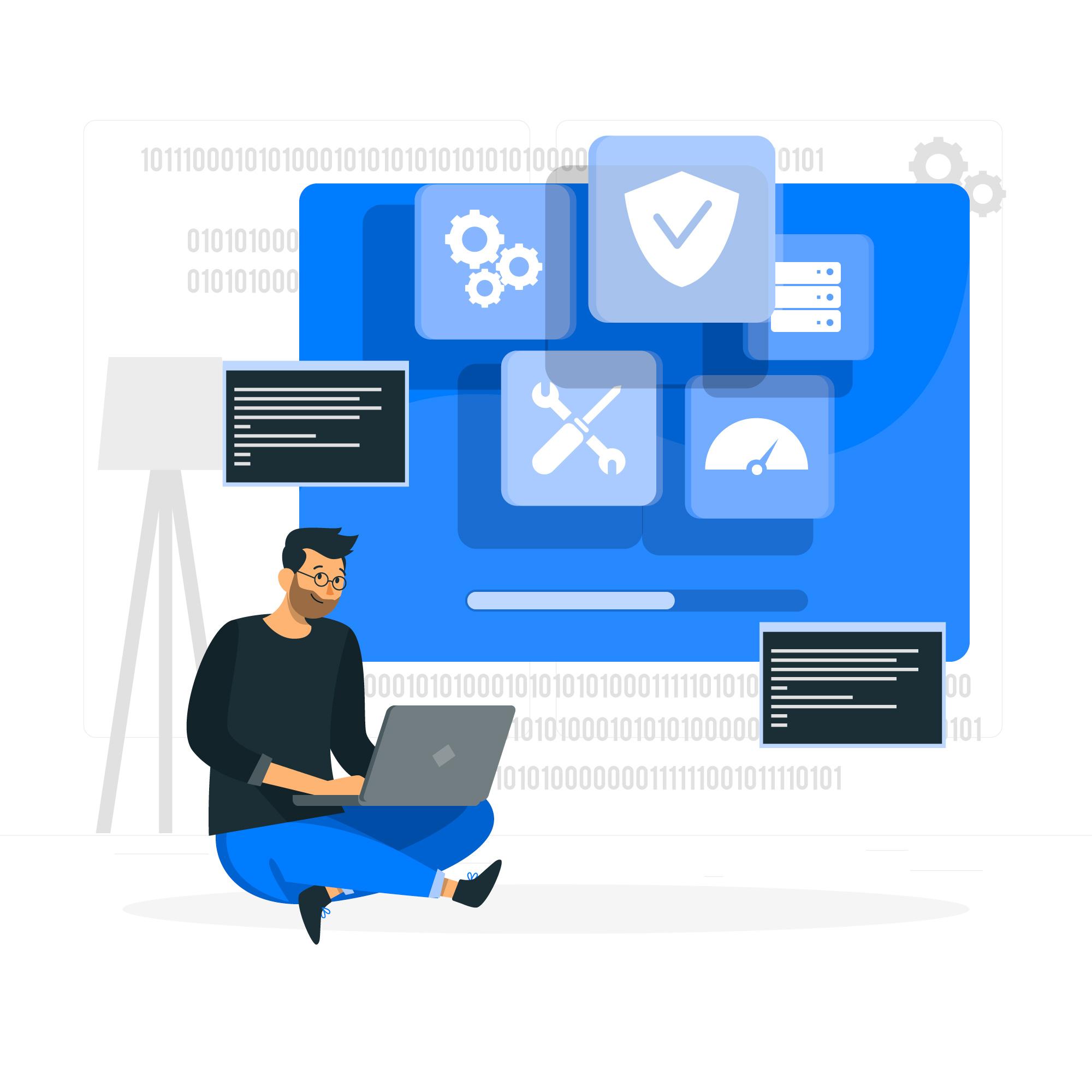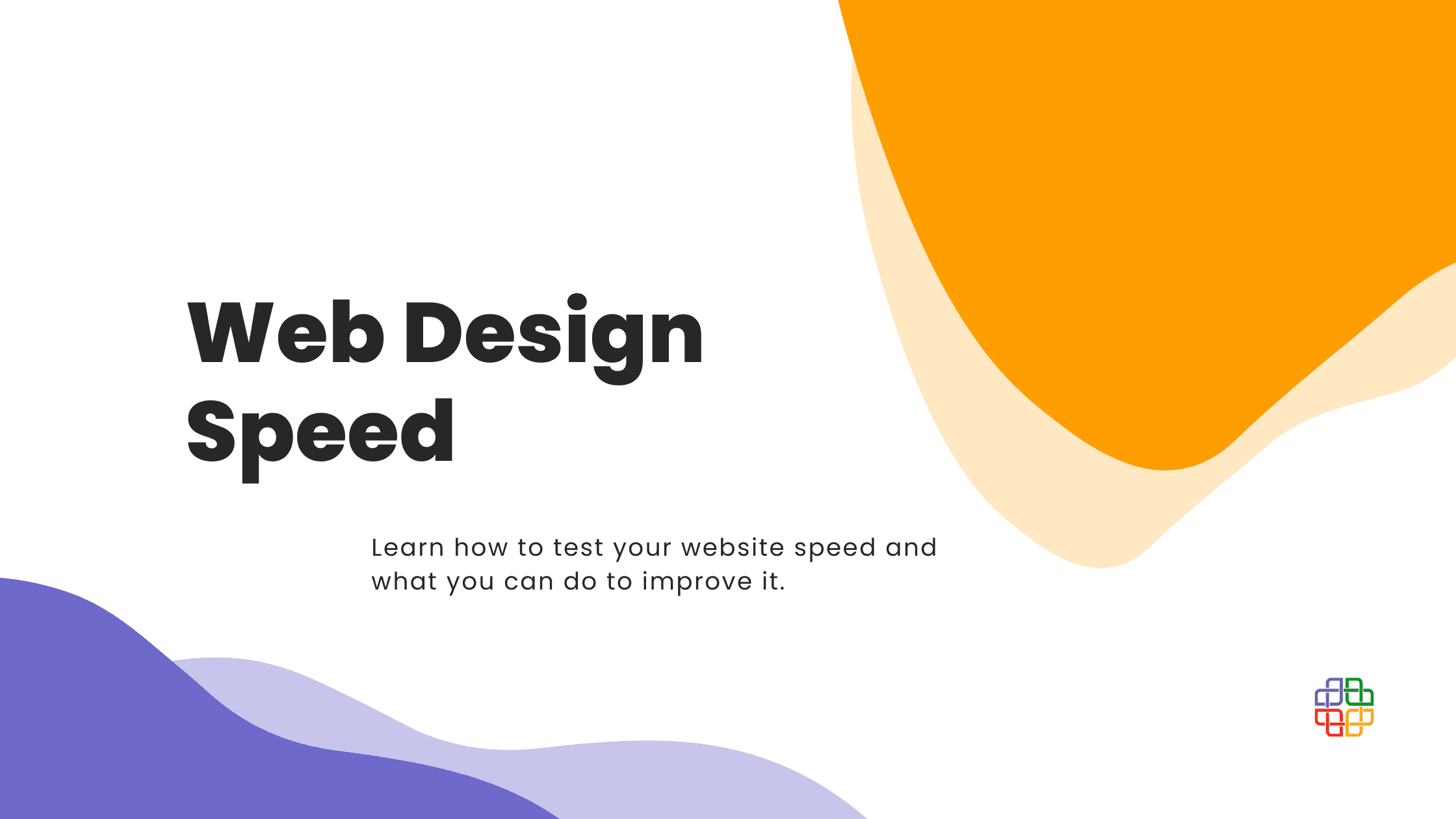Google Summer of Code has ended. 10 weeks of coding is just behind us and that means time to check who achieve success and fulfil the projects and who unfortunately couldn’t do that. While we’re waiting for the official statement about GSoC, we can review what students write about their projects and how they went. Every two weeks, we’re trying to take a closer look at different people and their projects. At the end of the program, we would like to remind students and their projects.

Bartłomiej Rasztabiga
He was working on the project The REST of Administration. One of the goals of this project was to be able to render links to administration pages to install modules within a new (REACT-based) administration application. Project on GSoC dashboard: https://summerofcode.withgoogle.com/projects/#6176312789565440.
Saurabh Kumar
He was working on OpenMRS Android Client 3.0. One of the goals of this project was to focus on making the Android Client more easily extendable, which is really necessary for making it more usable. Saurabh has done all of his tasks, but as he said not everything went with the plan. He hasn’t published yet his final posts, so we need to wait for that and his video presentation.
Nsereko Joshua
Joshua worked on Patch Security Vulnerabilities Identified by NCSU. The goal was to better secure the OpenMRS Reference Application. NCSU researchers, using cutting-edge security assessment techniques, have identified almost 300 distinct security issues. During the last weeks he was working on improving session management in OMRS system. His major goal was to “improve the password change mechanism so that after a successful password change, all user sessions are invalidated and the user is redirected back to the login screen.”
Piumal Rathnayake
He worked on Improving the Functionalities of the DHIS Connector Module. The goal was to develop the DHIS Connector module with new features and updates such as location mapping, extended period support, etc. His last task was to improve the user experience of the module. Piumal recorded a short video how it looks like now:
Ankit Kumar
He worked on a project called SMART-on-FHIR. The goal of the project was to enable the OpenMRS to support the SMART App available on the internet. In the last weeks, Ankit was working on documentation of his project and solving a bug related to the SMART-on-FHIR module. Next week we should get the final video and summary of his work.
Kate Belson
Kate was working on tackling security issues with OpenMRS, an online medical record system, with an aim to improve healthcare delivery worldwide. During her last weeks as a GSoC student, she focused on password security vulnerabilities. Kate wanted to change the length of the password from 8 to 12 letters. She has to do a few more things in her project, but we hope that she will be able to do that before the end of the time.
Jayasanka Weerasinghe
He worked on E2E Automated Tests for the OpenMRS 3.0 RefApp. The main goal of the project was to set up E2E tests that automate realistic User Workflows to ensure that they work as they should. Jayasanka during his last weeks in GSoC focused on the last but not least task of implementing the user settings workflow.
There was a challenge when implementing the locale scenario. The locale is saved in the database, and it affects other tests. We query the elements as to how a user sees them by using labels and texts on the page. So the other tests fail when the locale is changed. I solved it by using the `After` hook of cypress. Also, I used the `Before` hook to create a test patient that gets deleted after running a test.
https://jayasanka.medium.com/?p=691c9e104322
Read his article about the difference between unit testing and E2E. He described it in a very interesting way.
Medhavi Srivastava
She worked on Support for Extended Operation in FHIR. The aims of her project were to
- Implement the
$lastnoperation on Observations - Implement the
$lastn-encountersoperation on Observations - Implement the type level
$everythingoperation on Patients - Implement the instance level
$everythingoperation on Patients.
She worked hard on achieving these goals and luckily a week before the 10 weeks period she could say “I’m done”.

In next weeks we publish summary of this year projects, achieved goals and those who won with theirs weakness and problems. We’re not ending the topic of Google Summer of Code, but definitely we’re moving to the end with this year edition. Meanwhile, read our posts from previous weeks.
Review of Google Summer of Code: 2 weeks to the end




